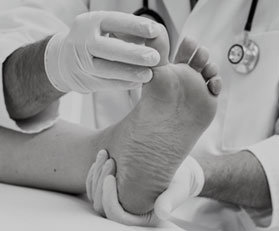Foot & Ankle Arthritis
Arthritis is a degenerative disease that can affect almost any joint. Arthritis in the feet and ankles is uncommon, making up only about 1% of arthritis cases. Most of these cases develop following a previous injury, such as an ankle fracture or cartilage damage.
Surgeons at Orthopaedics SA have undertaken additional training, including fracture management and surgical anatomy.







